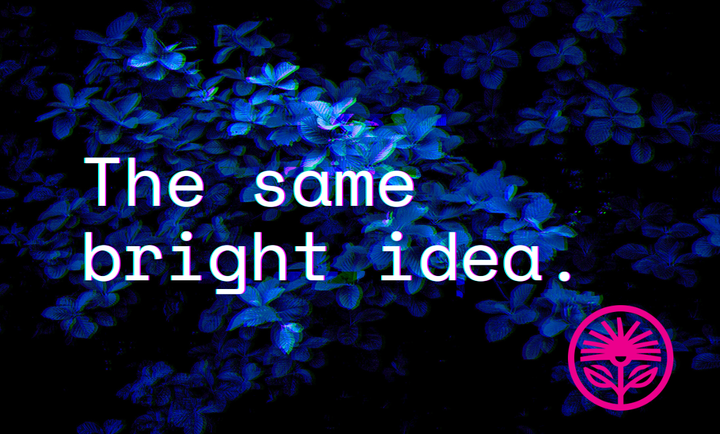Kelford Labs Weekly: No smoke, less fire—Solo Stove, Snoop, and Branding Bubbles
How a “masterpiece” ad became a classic mistake.

“In the news announcing former Vista leader Christopher Metz as new CEO, Solo said its marketing campaigns, which included last year's viral Snoop Dogg ad, raised brand awareness of Solo Stove but did not lead to the sales lift it had planned.” — Outdoor Retailer
“The brand partnered with legendary rapper Snoop Dogg to use his not-so-secret affinity with cannabis to trick the world into thinking he’d given up “smoke,” only to reveal that he was partnering with Solo Stove to promote their smokeless fire pits.
A masterpiece in viral marketing, people said. Ad Age listed it at #18 on its Top 40 Ads of 2023.” — Adweek
Ever since it was revealed that Snoop’s statement he was “giving up the smoke” was a literal bait-and-switch campaign for an outdoor stove company (yes, really), I’ve wanted to write something about this type of branding mistake.
It turns out, though, that I already did, over a year ago.
In September of 2022, I published an article—okay, a tome—on the mistake of investing in empty brand marketing instead of product positioning.
So, for today’s weekly, I’ve extracted just a couple of the most relevant quotes below, which highlight the type of mistake Solo Brands made and, if they want to recover, how they should refocus their marketing.
Because, at the end of the day, if Solo Brands wants to sell stoves, they need to sell stoves, not pay celebrities to play pretend.
Which means they need to figure out who needs a smokeless stove most. Who values it above all the other options.
And they need to find an efficient way to demonstrate to that ideal customer how their stove provides that value in their own unique way.
They had one of the most famous campaigns of the year—a “masterpiece,” they called it—and it didn’t help, it actually hurt.
Because fame is a cost, not an asset.
But the compounding results of demonstrating your unique value at a distance?
That’s more than smoke, it’s fire.
Excerpts from “Make Me Laugh: How to build a brand based on values”:
“You can always spot when a brand is trying to skip to the end of the product adoption curve.
They want to get right to the place where they’re a household name and people buy them out of habit, so they pay a famous celebrity to appear in their early ads.
This is an attempt to splash some of the celebrity’s goodwill and fame onto the brand and create the perception that the brand is famous and important, just like the celebrity.
But building a brand based on the reflected fame of celebrities, influencers, or spokespeople is like trying to breathe by sucking in someone else’s expelled air. It’s better than nothing and it’ll do in a pinch, but you won’t want to keep it up for long. And if the spokesperson ever does anything publicly wrong, they’ve now poisoned the air you rely on to survive.
Nothing like a bargain with a limited upside and an unlimited downside.”
…
“At its worst, branding without any product positioning is an admission of commoditization, or defect.
It spreads feelings of goodwill, but it also communicates that the product has no unique purpose. And that the company is willing to buy every sale at a hefty price.”
…
“If you try to skip to the end—right to just reinforcing brand values—even if you can spend enough to get the best celebrity, produce the funniest ad, and buy enough media space to make a splash, you’ll never be able to stop. Ever.
And then, when budgets get cut or spending pulls back, well, as Warren Buffet famously says, ‘Only when the tide goes out do you discover who’s been swimming naked.’”
…
“To sum it all up:
The best way to sell your products and services is by first creating a compelling position that differentiates you in the market.
You do that by focusing on the decisions and tradeoffs in your business that your values have caused you to make, and the customers who will most appreciate those tradeoffs (and the extra value it provides them).
And then you promote and reinforce that position by creatively wrapping it in your brand style and values.
And you target your very best customers where and when they experience their moment of greatest need.”
…
“But, it turns out that the ‘Ad Contrarian’ Bob Hoffman already wrote everything that needs to be said on the subject in his book Marketers are from Mars, Consumers are from New Jersey:
‘You want customers raving about your brand?’ he writes.
‘Sell them a good f-ing product.’
Or, maybe to close on something a little less aggressive, from Dave Trott:
‘Don’t tell me you’re a comedian,’ he wrote in One Plus One Equals Three.
‘Make me laugh.’”



